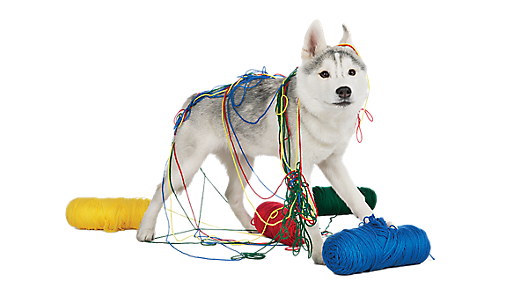
 top
top
Bone-chilling winds, slippery icy streets and knee-high snowdrifts—winter isn’t coming, it’s already here! You may be familiar with the dangers summer can bring for pets, but did you know that winter has it’s own set of challenges?
For example, everyone knows that in the summer, a car feels more like an oven to pets and can cause heatstroke; but in the winter, that same car feels like a freezer and may cause hypothermia?
Experts recommend keeping pets indoors during extreme cold weather. It’s just the right thing to do. Below are some tips and supplies to help keep your pet warm and avoid cold weather concerns.
Pet Emergency Supplies
A pet emergency preparedness kit should have the supplies below to help keep your pet fed, warm and secure during blizzards and extreme cold weather.
FOR COLD WEATHER:
FOR IDENTIFICATION:
- pet tag with your cell phone number
- vaccination/medical records
- veterinary contact information
- a current photo of your pet
FOR TRANSPORT:
FOOD:
- 1 week supply of food (in waterproof container)
- bottled water
- portable food & water bowls
- manual can opener (if using canned food)
- list of feeding routine & behavioral needs/considerations
GENERAL CARE:
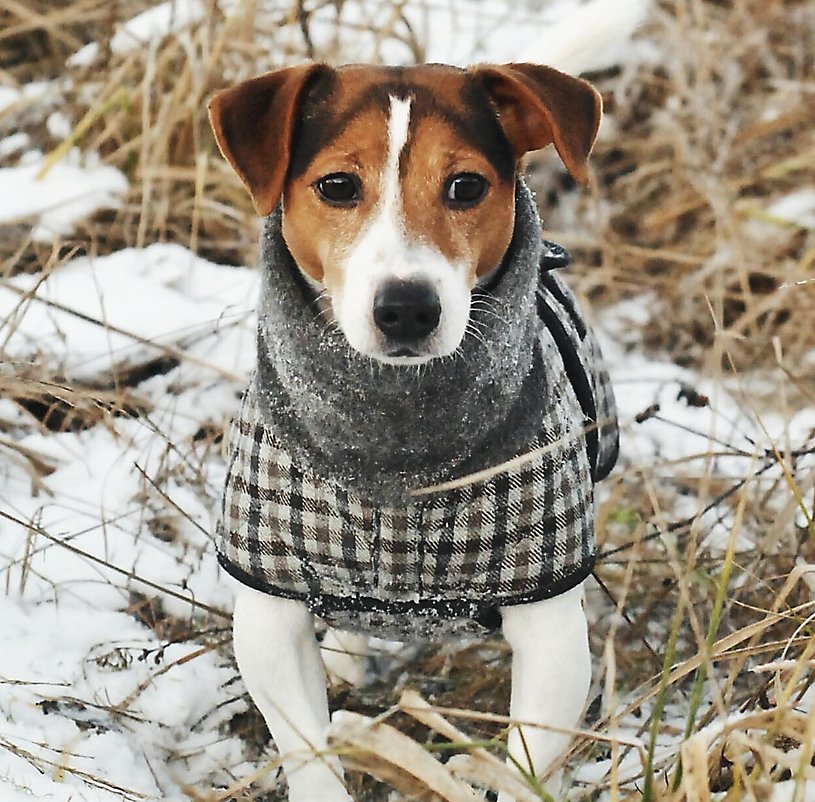
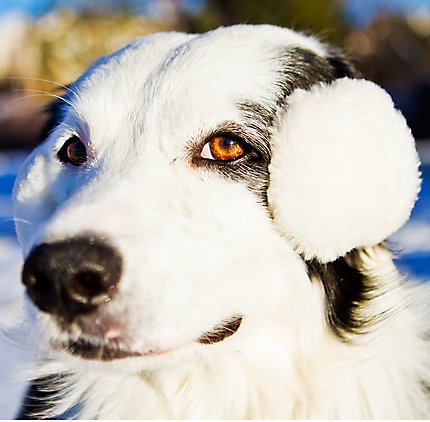
During extreme cold weather, it’s best to keep pets inside. If you venture outdoors, protect your pet’s paws & keep them warm & comfortable.
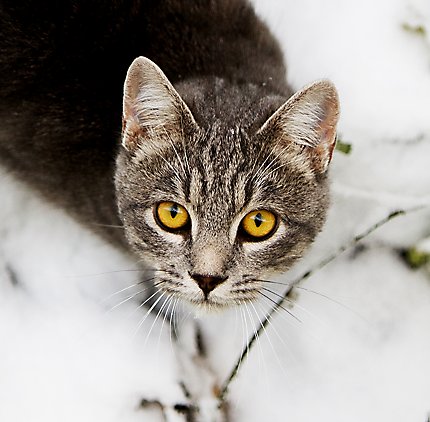
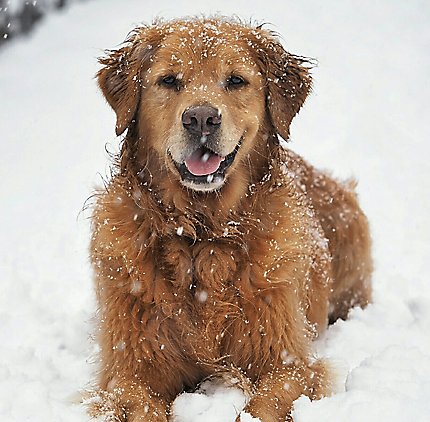
During extreme cold weather, it’s best to keep pets inside. If you venture outdoors, protect your pet’s paws & keep them warm & comfortable.
Icy dangers
Facebook and Instagram are chock-full of thousands of delighted pups (and even some kitties) frolicking in the snow. Winter can be a wonderland, but it also has some hidden perils: de-icers, anti-freeze, salt and other snow melting products. These can cause skin irritations and if ingested, can be fatal.
If you live in an area where these are used, it’s important to thoroughly rinse your pet’s paws and belly after a walk. This will help prevent skin irritation and accidental ingestion of any chemicals. Around your own home, use pet-safe ice melting products.
Paw protection
Prolonged contact with frozen surfaces can harm your pet’s paws. In extreme cases it can even lead to frostbite. Fortunately, there are plenty of products that can help protect their sensitive skin: petroleum jelly, paw wax, booties and socks.
If your pup doesn’t mind the feel, booties offer insulation and extra protection from chemicals and sharp, icy objects. If your pooch or kitty won’t tolerate wearing anything on their paws, try massaging a little petroleum jelly or paw wax on, before you go on a walk.
Too cold for comfort
Don’t let your pet’s furry, fluffy exterior fool you; domestic cats and dogs can’t tolerate extreme cold weather. There are breeds that tolerate the cold a bit more like huskies and malamutes; but just like people, their tolerance varies. Breed, size, activity level, age and body fat determine how well a pet can tolerate the cold. Still keep a few things in mind:
- Never shave a pet’s coat in cold climates because they need it for warmth
- Small pets, short-haired breeds and elderly pets are more susceptible to cold weather.
- Limit walks in extreme cold weather and monitor your pet’s behavior for signs of stress or discomfort.
- Never leave a pet outside during a winter storm.
- Do not let your dog off leash after snowfall. Snow masks familiar scents and your pet may become lost and disoriented.
Pet Emergency Preparedness Resources
American Veterinary Medical Association
American Society for the Prevention of Cruelty to Animals® (ASPCA®)
The American Red Cross
The Humane Society of the United States


























